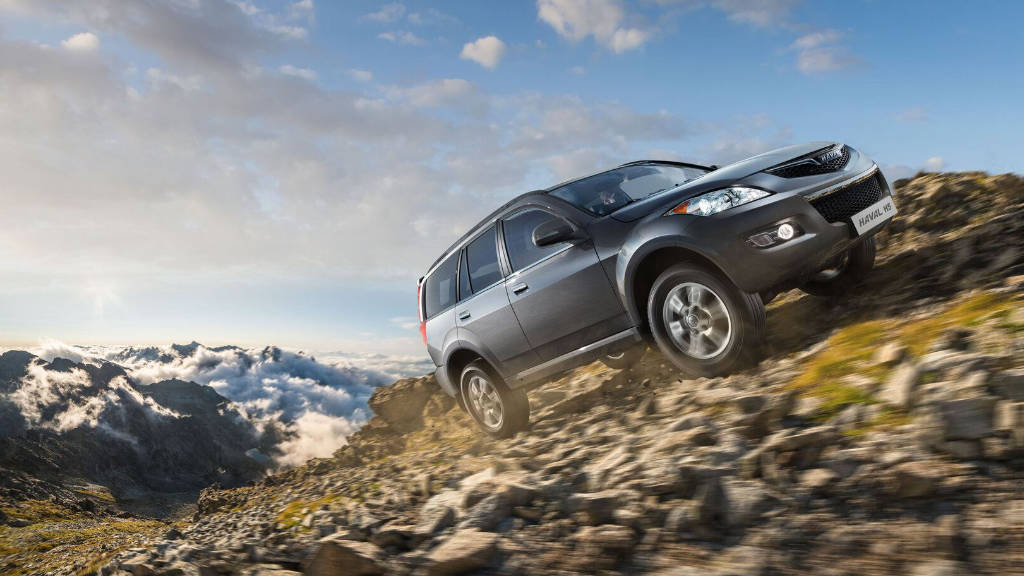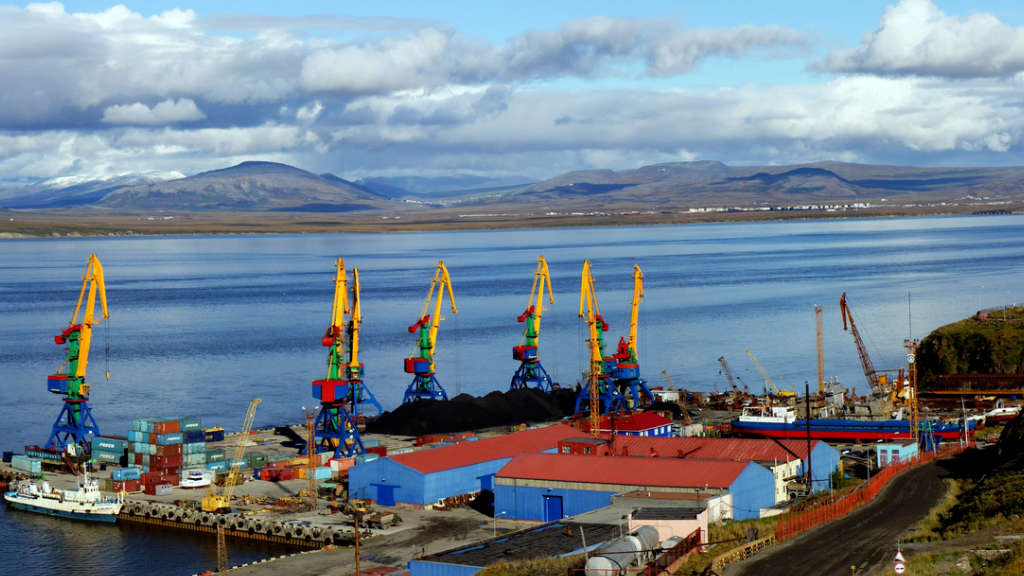Haval autos, (part of China’s Great Wall Motors) plans to expand the production facilities of its Tula based factory, with upgrades now ongoing. Starting in 2025, after the modernisation is completed, Haval will produce up to 200,000 cars per year from the Tula site, according to Andrey Akifyev, Executive Director of Haval Motor Rus. That is a 25% increase from 2024’s productivity to meet Russian domestic consumer demand. In 2023, the plant produced about 100,000 cars.
The Haval plant is located in the Uzlovaya Industrial Park in the Tula region, where initial production was launched in 2019. Currently, the company produces models Haval Jolion, Haval Dargo, Haval F7 and Haval H3.
Currently, in the Russian market, Chinese automakers, in addition to exporting cars, supply machine kits to existing factories where assembly takes place.
The Russian authorities are trying to encourage partners from China to increase their true manufacturing presence rather than just establish assembly plants. Vladimir Popov, president of the Favorit Motors group of companies, has said that since October 1, a new import tariff has been introduced in Russia aimed at car kits, which is set to remain in force until 2030. However, to fully resolve the issue, Russia still needs to develop its own automotive components industry.
According to calculations by the analytical agency Autostat, in 2023, the share of Chinese cars in the Russian market almost doubled and reached 61% market share.
Russian manufacturers now occupy about 30% of the Russian domestic market – down from 37% at the end of 2022. Changing that trend may now take time, according to Dmitry Chumakov, CEO of Vector Market Research agency, who says that “The share of manufacturers from China is significantly increasing. The Russian market is probably the most promising and capacious, on the one hand. On the other hand, it happened that the Chinese managed to take a large share of it very quickly and get a good representation in various regions of the country. The Chinese thinking is that it is more profitable for them to produce spare parts and cars in China or to produce spare parts at home, and assemble cars in Russia.”
There may be social-political drivers as well. China will not want to lose auto-worker employment to the Russian market.
Chumakov says that an increase in sales volumes is an absolute basis to think about the Russian need to produce cars in Russia. “I think that Chinese companies have already thought about this, and their auto manufacturers already have certain plans. As for the production of components, most likely, components will be produced in Russia, because they are bulky, and dimensional and are expensive to bring from country to country.” This means there are opportunities in Russia’s auto components sector.
According to Autostat, in 2023, just over 1 million new passenger cars were sold on the Russian market, 62% more than in 2022. The best-selling models were Lada Granta, Chinese Haval Jolion, Lada Niva and Vesta, as well as Tiggo 7 Pro max.
That 2023 year total was already reached this year by August. According to the auto industry market researchers, by the end of this year, the Russian auto market will have expanded by at least 50%.
Further Reading
China’s Chery Auto Manufacturer Now The Largest Foreign Company In Russia





